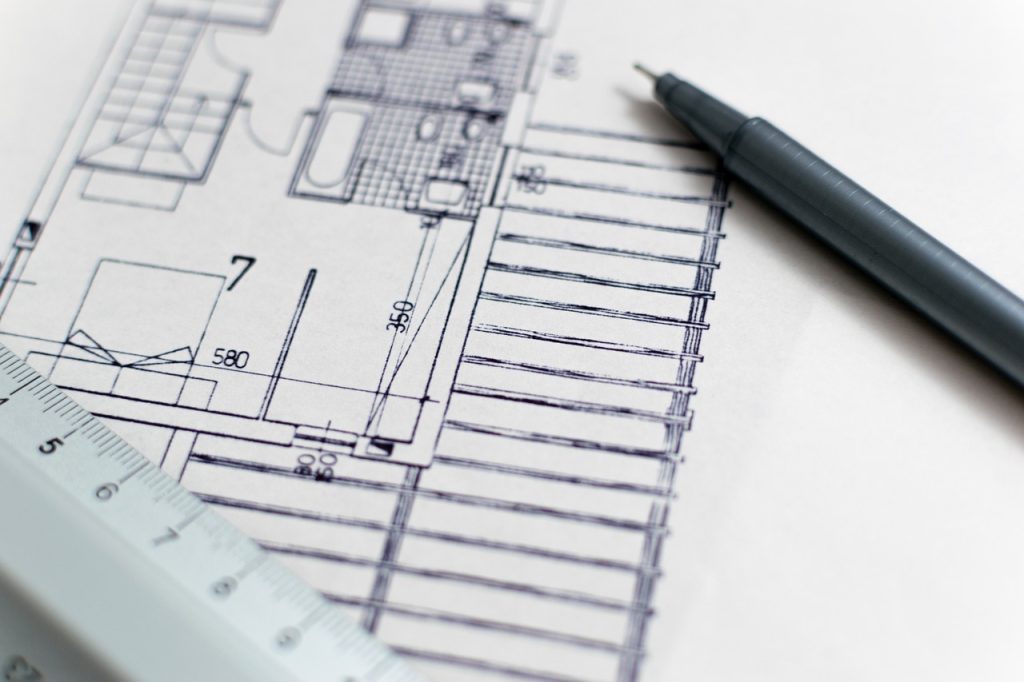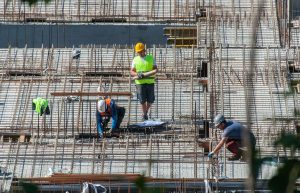In any construction project, success doesn’t begin when the first foundation is poured or when the heavy machinery rolls onto the site—it starts long before that. The earliest and arguably most important stage of the project lifecycle is the preconstruction phase. This initial phase serves as the foundation upon which the entire project is built, both literally and figuratively.
Preconstruction involves the meticulous planning, coordination, and analysis required to ensure that every subsequent stage of construction runs smoothly. It’s where ideas take shape, costs are defined, risks are identified, and strategies are developed to bring a concept into reality efficiently, safely, and profitably.
In this comprehensive guide, we will explore in great depth what preconstruction is, its core components, stakeholders involved, goals, and best practices that distinguish successful projects from those that face costly overruns or delays. By understanding the preconstruction process in detail, you’ll gain insight into how this phase sets the tone for the entire project lifecycle.
Defining Preconstruction in the Construction Process

Preconstruction refers to the planning and preparation stage that occurs after the project concept is approved but before physical construction begins. It is sometimes called the “planning phase” or “design and development phase.”
The purpose of preconstruction is to transform a project idea into a viable plan with a clear understanding of its cost, schedule, scope, and potential risks. This is where the project team—comprising owners, architects, engineers, contractors, and consultants—works collaboratively to align objectives and determine the most efficient path to project completion.
In short, preconstruction sets the roadmap for the project’s execution. Every major decision—budget allocation, design concept, material selection, construction method, and timeline—is made during this phase.

The Importance of Preconstruction
The preconstruction phase is often underestimated, yet it plays a decisive role in the project’s success. A well-managed preconstruction process can:
- Prevent cost overruns: Early budgeting and value engineering reduce financial uncertainty.
- Improve design efficiency: Constructability reviews identify potential design flaws before construction begins.
- Enhance communication: Aligning stakeholders early minimizes misunderstandings and conflicts later.
- Reduce risks: Identifying safety, logistical, and regulatory challenges early helps mitigate future delays.
- Save time: With clear schedules and resource planning, projects avoid unnecessary downtime.
Essentially, preconstruction is risk management in action. It’s where possible problems are predicted, analyzed, and addressed while solutions are still inexpensive to implement.
Also read: Top 10 Interior Design Companies in Bali for Luxury Homes and Resorts
The Core Goals of the Preconstruction Phase
The overarching aim of preconstruction is to ensure that the project is feasible, financially sound, and executable. To achieve this, several key goals guide the process:
- Establish a Clear Project Scope: Define exactly what will be built, the design intent, and the quality expectations.
- Develop an Accurate Budget: Estimate costs for materials, labor, equipment, and contingencies.
- Create a Realistic Schedule: Determine project milestones, timelines, and critical paths.
- Identify and Mitigate Risks: Analyze potential financial, logistical, or environmental challenges.
- Ensure Regulatory Compliance: Confirm that the design meets local building codes, zoning laws, and environmental standards.
- Build a Collaborative Team: Assign responsibilities and communication protocols for all stakeholders.
When these objectives are met, the project transitions into the construction phase with confidence, clarity, and control.
Key Stages of the Preconstruction Process
The preconstruction phase consists of several interrelated stages, each crucial for developing a well-structured and achievable project plan. Let’s explore each in detail.
4.1. Project Initiation and Feasibility Study
The preconstruction process begins with evaluating whether the project is feasible—both technically and financially.
During this stage, stakeholders analyze the site conditions, local regulations, environmental impact, and projected return on investment. The feasibility study answers fundamental questions such as:
- Is the location suitable for the project type?
- Are there zoning or permitting restrictions?
- Will the expected revenue or value justify the cost?
A feasibility study may also include site analysis, assessing soil quality, utilities, accessibility, and potential hazards.
4.2. Conceptual Design
Once the project is deemed feasible, the design team develops conceptual plans to visualize the structure. These initial sketches and models illustrate space layouts, elevations, and basic building systems.
The conceptual design acts as the foundation for early cost estimation and constructability reviews. Collaboration between the owner, architect, and contractor ensures that the design aligns with budgetary and logistical constraints.
4.3. Budget Development and Cost Estimation
Accurate budgeting is at the heart of successful preconstruction. Cost estimation progresses through multiple stages, from conceptual estimates to detailed takeoffs.
Factors considered in the estimate include:
- Material costs
- Labor rates
- Equipment and machinery
- Subcontractor pricing
- Overheads and profit margins
- Contingency reserves
Contractors and estimators use historical data, digital cost databases, and market analysis to create a realistic and transparent budget.
4.4. Value Engineering
Value engineering (VE) is a systematic process that examines design and construction methods to achieve maximum value for the least cost without compromising quality or functionality.
For instance, substituting materials, optimizing layouts, or revising structural systems can significantly reduce costs or improve performance. The goal is not to “cut corners” but to find smarter and more efficient solutions that enhance overall value.
4.5. Scheduling and Phasing
The construction schedule outlines how and when each activity will occur. Using tools like Gantt charts or Critical Path Method (CPM) diagrams, the preconstruction team develops a detailed plan for sequencing tasks, assigning resources, and setting milestones.
A good schedule considers factors such as weather, supply chains, and subcontractor availability. This schedule becomes the backbone of project management during construction.
4.6. Risk Assessment and Mitigation Planning
Every project faces uncertainties—material shortages, labor disputes, weather delays, or design changes. In preconstruction, these potential risks are analyzed using techniques like risk matrices or probability-impact charts.
Once identified, mitigation strategies are developed, such as creating contingency budgets, securing alternative suppliers, or revising schedules.
4.7. Permitting and Regulatory Approvals
Navigating regulatory processes is another crucial preconstruction task. This includes obtaining permits for zoning, building, environmental impact, and safety compliance.
Failure to secure approvals before construction begins can cause major delays and financial penalties. Superintendents, project managers, or consultants often work closely with local authorities to ensure full compliance.
4.8. Procurement Planning
Procurement strategy determines how materials, equipment, and subcontractors will be sourced. The preconstruction team decides whether to use lump-sum contracts, design-build methods, or other delivery models.
A clear procurement plan ensures timely acquisition of resources while controlling costs and maintaining quality standards.
4.9. Communication and Collaboration Setup
Effective communication structures are established early to prevent misunderstandings later. This includes defining:
- Meeting schedules and reporting protocols
- Digital platforms for document sharing
- Chains of command for approvals and decisions
Modern preconstruction often uses cloud-based project management tools that allow real-time collaboration between remote teams.
Key Players Involved in Preconstruction
Preconstruction brings together a diverse team of experts, each contributing specialized knowledge to create a cohesive project plan.
5.1. Project Owner or Client
The owner defines project goals, funding capacity, and expected outcomes. They provide the vision and make final decisions regarding scope, design, and budget.
5.2. Architect and Engineers
The architect leads the design process, supported by structural, mechanical, and electrical engineers. Together, they translate the owner’s concept into technical drawings that balance aesthetics, function, and feasibility.
5.3. General Contractor or Construction Manager
The contractor provides practical insight into constructability, scheduling, and cost estimation. Their experience ensures that the design can be built efficiently within the given constraints.
5.4. Estimators and Quantity Surveyors
These specialists calculate detailed cost estimates, material quantities, and labor requirements to keep the budget accurate and transparent.
5.5. Consultants
Specialized consultants may be involved for environmental studies, geotechnical surveys, acoustics, or sustainability (e.g., LEED certification).
5.6. Legal and Regulatory Advisors
They ensure the project complies with contracts, building codes, and permitting requirements.
Deliverables of the Preconstruction Phase
By the end of the preconstruction phase, the project team should produce a comprehensive set of deliverables that define how the construction will proceed. These typically include:
- Final Design Drawings and Specifications
- Approved Budget and Cost Breakdown
- Detailed Construction Schedule
- Risk Management Plan
- Permits and Regulatory Approvals
- Procurement and Subcontractor Plan
- Safety and Quality Management Plans
These deliverables form the official roadmap for the construction phase and ensure all parties share the same understanding of project expectations.
Benefits of a Well-Executed Preconstruction Process
Projects that invest in a thorough preconstruction process experience measurable benefits, including:
- Fewer Change Orders: With design and scope clarified early, fewer modifications are required later.
- Cost Certainty: Detailed estimates reduce financial surprises.
- Faster Construction: Clear schedules and coordinated planning minimize delays.
- Higher Quality: Constructability reviews improve design accuracy.
- Enhanced Collaboration: Early teamwork fosters trust and accountability among stakeholders.
Common Challenges During Preconstruction
Despite its importance, preconstruction comes with its own challenges that must be carefully managed.
8.1. Incomplete Information
Designs and site data may be incomplete during early estimation, leading to inaccurate budgets or unrealistic schedules.
8.2. Misaligned Expectations
Owners, designers, and contractors may have different priorities or interpretations of project goals. Clear communication is essential to align all parties.
8.3. Scope Creep
When additional features or design changes are introduced without adjusting budgets or timelines, it can cause major issues later.
8.4. Market Volatility
Fluctuations in material or labor costs can affect early estimates, requiring constant monitoring and contingency planning.
8.5. Regulatory Delays
Permitting processes can be lengthy, particularly for large or environmentally sensitive projects.
Best Practices for Effective Preconstruction
The best construction teams treat preconstruction as a collaborative, iterative process rather than a static checklist. Here are some proven best practices:
- Engage Stakeholders Early: Involve key team members from the start to ensure alignment.
- Use Data-Driven Estimating: Leverage historical project data and digital tools for more accurate cost models.
- Prioritize Constructability Reviews: Ensure the design can be executed safely and efficiently.
- Maintain Transparent Communication: Document decisions and share updates regularly.
- Adopt BIM and Digital Tools: Building Information Modeling enhances coordination and visualization.
- Incorporate Sustainability Goals: Evaluate energy efficiency and material selection early in design.
- Establish Contingency Plans: Prepare for market, weather, or logistical risks.
Also read: 7 Best Eco-Friendly Construction Companies in Bali
The Future of Preconstruction
As technology continues to evolve, preconstruction is becoming increasingly data-driven and collaborative. Tools like BIM (Building Information Modeling), AI-driven cost estimation, and cloud-based collaboration platforms allow for unprecedented accuracy and communication.
Sustainability and modular construction are also reshaping preconstruction priorities, emphasizing lifecycle cost analysis, carbon reduction, and prefabrication planning.
In the future, successful preconstruction will depend on integrating digital innovation, sustainability, and cross-disciplinary collaboration from day one.
Conclusion
Preconstruction is far more than an administrative step—it’s the strategic foundation of every successful construction project. By investing time and resources in this early phase, teams can prevent costly mistakes, reduce risks, and ensure that the project’s vision is fully achievable.
A strong preconstruction process aligns all stakeholders around a common goal, transforms abstract concepts into actionable plans, and builds the confidence needed to move into the construction phase seamlessly.
In essence, preconstruction is the art and science of building success before the first brick is ever laid. It is where strategy meets practicality, ensuring that every decision made supports the project’s ultimate performance, profitability, and purpose.

Indah Suzanne
Indah Suzanne is a key player in Indonesia's design and architecture scene, leading Karyanusa Asia from Bali. As the driving force behind Karyanusa Asia in Bali, she combines innovative design concepts with exceptional construction expertise, delivering world-class villas, commercial spaces, and bespoke architectural projects that reflect both modern elegance and the island’s rich cultural heritage.




